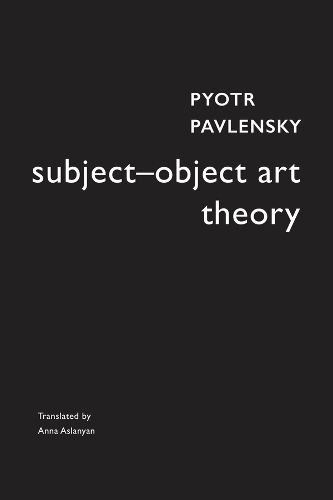Readings Newsletter
Become a Readings Member to make your shopping experience even easier.
Sign in or sign up for free!
You’re not far away from qualifying for FREE standard shipping within Australia
You’ve qualified for FREE standard shipping within Australia
The cart is loading…






Pyotr Pavlensky turns state violence into his medium-now, in his own words, he reveals the theory behind the fire.
Pyotr Pavlensky's Subject-Object Art Theory is both a manifesto and a method-an incendiary redefinition of what art can and should be in an era of increasing repression. Known for his radical public performances, such as setting fire to government buildings, stitching his lips shut, or nailing his own body to the ground, Pavlensky has been called a provocateur. In this book, he offers his own framework: subject-object art, a practice that weaponizes state mechanisms against themselves, forcing institutions to react and, thus, become part of the work.
Venturing past the confines of political art, he examines the historical intersections of art and power, situating his work within a lineage of radical avant-garde movements. Whether seen as a guide or an act of defiance in itself, Subject-Object Art Theory urges the reader to rethink artistic freedom; not as an abstract ideal, but as a confrontation with authority.
$9.00 standard shipping within Australia
FREE standard shipping within Australia for orders over $100.00
Express & International shipping calculated at checkout
Pyotr Pavlensky turns state violence into his medium-now, in his own words, he reveals the theory behind the fire.
Pyotr Pavlensky's Subject-Object Art Theory is both a manifesto and a method-an incendiary redefinition of what art can and should be in an era of increasing repression. Known for his radical public performances, such as setting fire to government buildings, stitching his lips shut, or nailing his own body to the ground, Pavlensky has been called a provocateur. In this book, he offers his own framework: subject-object art, a practice that weaponizes state mechanisms against themselves, forcing institutions to react and, thus, become part of the work.
Venturing past the confines of political art, he examines the historical intersections of art and power, situating his work within a lineage of radical avant-garde movements. Whether seen as a guide or an act of defiance in itself, Subject-Object Art Theory urges the reader to rethink artistic freedom; not as an abstract ideal, but as a confrontation with authority.